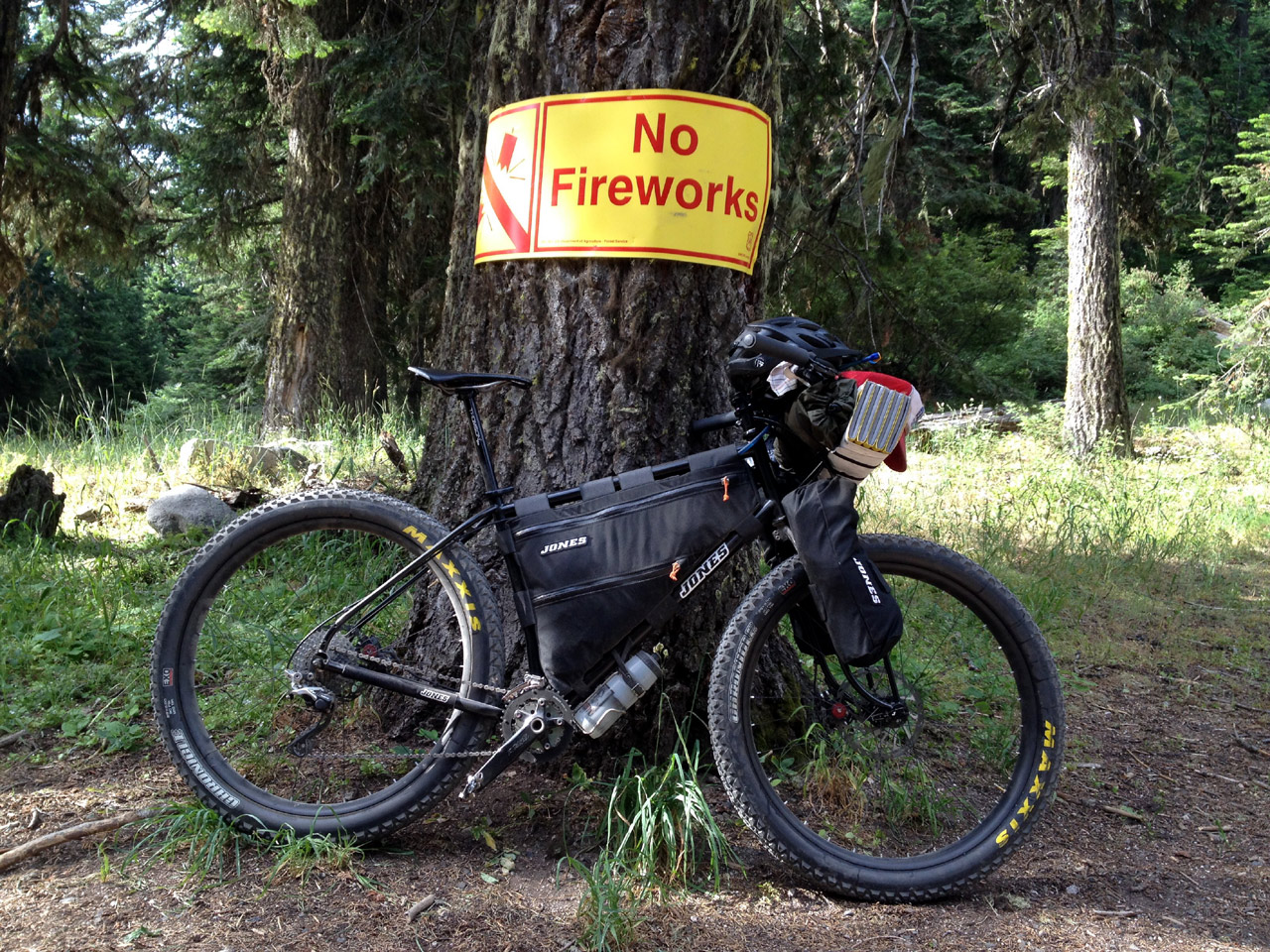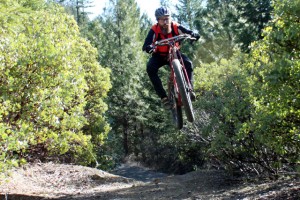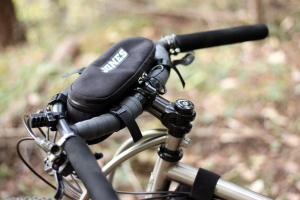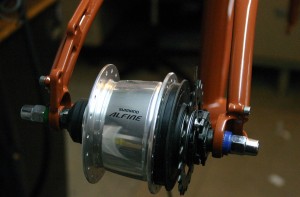First, for introductions: my name is Brendon, and since I started working at Jones Bikes, I’ve been wearing many hats, so there’s a good chance that if you’ve ordered anything from us in the last months, I’ve had some role in it. Mostly I build bikes and wheels, and work on the website; but we’re a small company, which is why I often find myself, as does everyone here, with a whole stack of hats on my head!
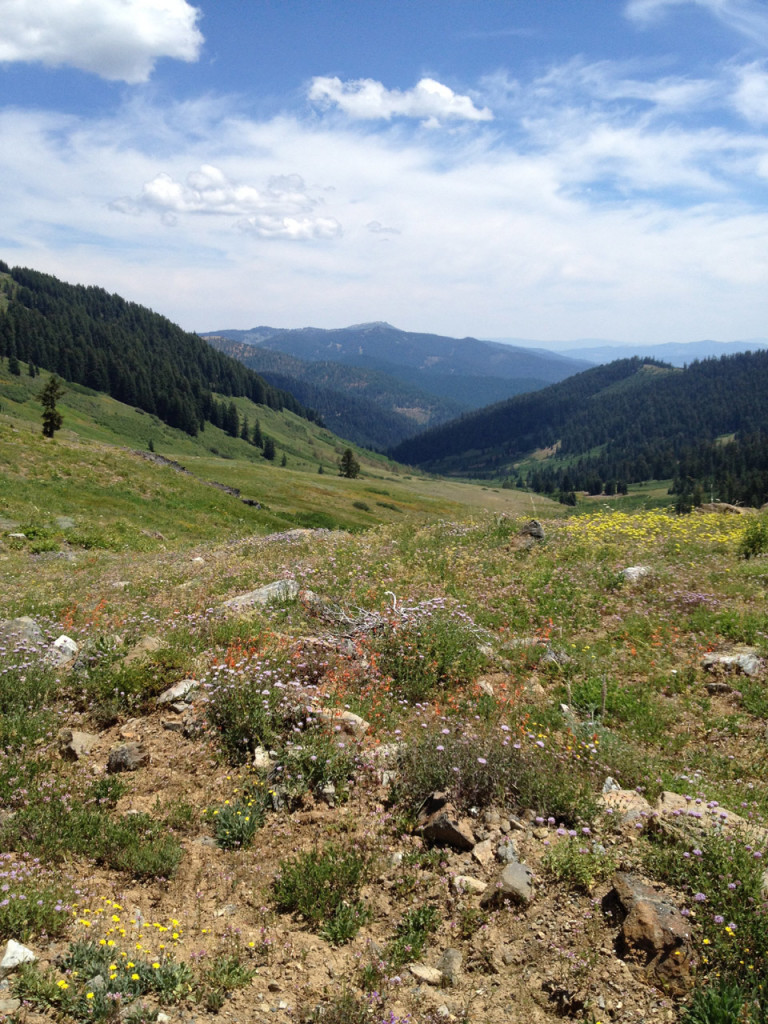
Be all that as it may, since I’ve gotten here, I’ve had a lot of what I thought I knew about bikes stretched a bit. For instance, I’ve been moving to larger tires on my road and mountain bikes for years, but due to limited options, I haven’t generally gone beyond 42mm on the road, and 2.4″ on the mountain, whereas Jeff has sought out the biggest ones out there because he knew that they could be better. That’s a tiny vignette that’s representative of most everything I’ve seen here: Jeff takes it farther. From what I’ve seen, he finds something good, and takes it to the extreme, right to where the benefits start to fall off, in prototyping, and then pulls it back to that perfect level for production. The thing is that that perfect level is usually far beyond what’s commonly being done in the bike industry.
The Plus bike is a perfect example of this with its long wheelbase. Conventional wisdom (or lack thereof) tells us that a bike with a long wheelbase will handle badly, so few will companies will even consider it, but Jeff has not only considered it, but he’s built with it, ridden it, and found that when it’s done right, it can be amazing!
When I first rode the Plus around the block, I thought to myself, something along the lines of, “this is a comfy bike, but it must be too upright, or too slow for long rides.” This seems like a reasonable thing to think given what I’ve grown up reading in magazines, and heard from product developers in my years of working in bike shops. And I’ve been riding a lot since I was five years old, so I tend to think I have some experience with bikes–at least on a fundamental level–but then I got to take a plus on a real ride, and I found myself having to reconsider what I thought I knew….
Over the course of three days not so long ago, I rode a Plus, loaded with a bikepacking setup, and then with just a frame pack. A friend and I rode big days, with big elevation gain, on a mix of dirt roads, singletrack, gravel roads, and pavement. The first day alone was over 80 miles of riding, and about 10k feet of climbing, almost entirely on dirt. And it felt great! Sure, I was tired, but my neck didn’t hurt and my legs didn’t feel destroyed. My body wasn’t crying out to get off the bike, because it was so comfortable. In the days that followed, I continued to marvel at how fast I was going (easily keeping up with people on cross bikes on the road even with huge knobby tires, and descending everything so fast that my grin was in danger of looking like a bug-splattered windshield after a long drive), and how comfortable I was. I guess I hadn’t realized how much I had gotten used to neck pain on the bikes usually to consider fast. The crazy thing about this bike and the H-bars, is that you can have positions that rival a la-z-boy for comfort (and in this case, that’s not a metaphor!), and still have positions that allow you to get very aero for long flat stretches, and pretty much everything in between. That ride made me finally realize that the H-bars really are an alternative to drop bars, which though it may sound odd, was something I had a hard time accepting until I rode the H-bars. And not only do they rival drops for aero positions, but they do it while adding really useful upright positions for great control in technical riding situations. I should note that I didn’t need to be convinced of the H-bars’ usefulness for off-road situations, but just to be clear, they are impressive in that regard.
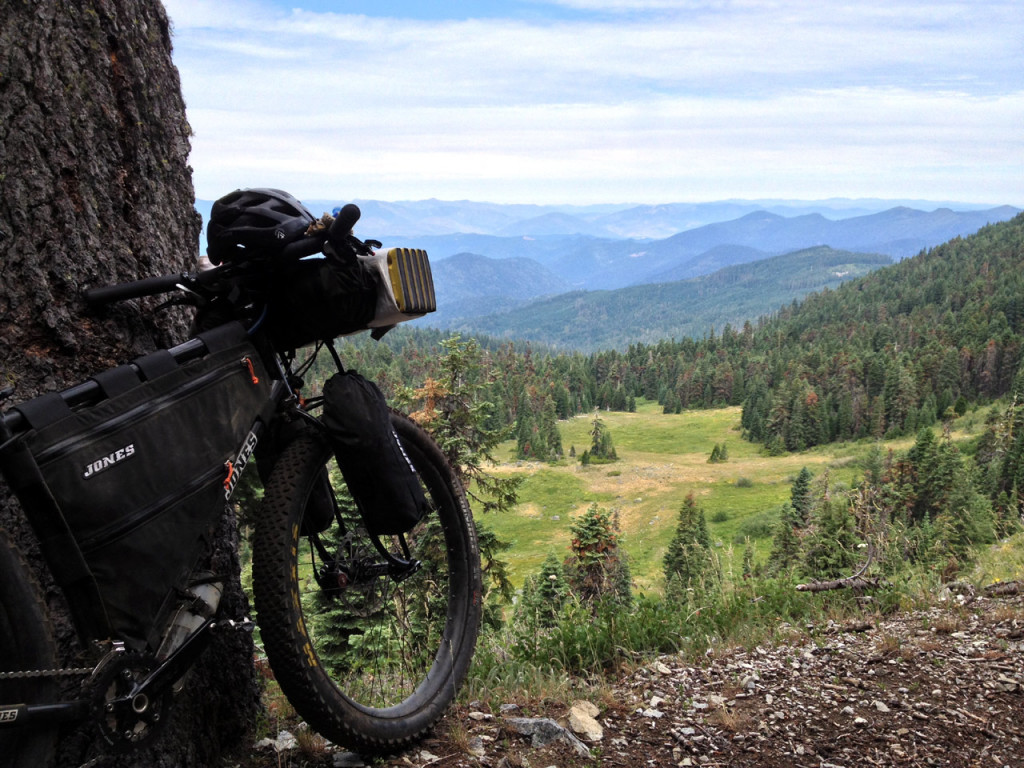
Since spending more time on the Plus, I find myself confronted with what I imagine Jeff must face when he’s trying to tell others about the bikes: it sounds too good to be true. Then you ride it, and you realize that it’s not. Now when Jeff and I talk about a bicycle, as opposed to a mountain bike or road bike or commuter bike or touring bike, I am pretty excited, because that has always been an ideal for me, but with the Plus, it seems that it just might be a reality. A bike this versatile, comfortable, and efficient doesn’t make sense from the standard bike industry point of view, but apparently the roads and trails don’t really care about that!

